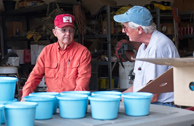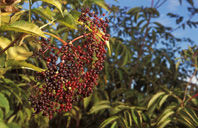
Willsboro, New York; February 10, 2021. Research on “super fruits” funded by the farmer-driven Northern New York Agricultural Development Program (NNYADP) will add elderberry trials this spring. American and European varieties of elderberry will be planted alongside already-established juneberry, aronia, and honeyberry trials as part of the New Commercial Fruit Crops for Northern New York project at the Willsboro Research Farm in Willsboro, New York. The latest report on these trials is posted on the NNYADP website at https://nnyagdev.org.
Project leader and Willsboro Research Farm Manager Michael H. Davis, Ph.D., notes “Currently, ninety-five percent of the elderberries consumed in the U.S. are imported from Europe, so there is a great opportunity for American growers to build a substantial domestic market. This research funded by the Northern New York Agricultural Development Program is increasing the number of specialty fruit crop options available to regional market farms.”
All four fruits in the NNYADP “Super Fruits” trials are valued for their high phytonutrtient and antioxidant content. In Europe, elderberry is an economically important fruit crop that outsells blueberries.
Davis says the juneberry, aronia, and honeyberry varieties planted in the Willsboro trial and on regional farms participating in the research have adapted well to the northern New York climate. On-farm trials are adding NNY growers’ experiences to the development best management practices for establishing, producing, and marketing these specialty fruits.
SUNY Plattsburgh Professor and noted juneberry research Michael B. Burgess, Ph.D. is assisting the NNYADP novel fruits project. He has been a part of the research since NNYADP funding initiated the establishment of a juneberry research nursery with both wild-collected and commercially-available varieties at Willsboro in 2013.
“The trials at Willsboro and on northern New York farms are providing critical agronomic performance data that include growth habits, flowering and fruiting times, disease susceptibility soil preferences, and fruit quality and yield to help growers select the varieties that will be best-suited to their individual farms,” says Burgess.
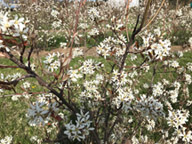
Based on the most recent juneberry testing that shows the larger fruits tend to be more flavorful, the research team would like to investigate if fruit size and flavor can be enhanced by adjusting pruning and fertility management practices.
In 2020, the NNYADP trial collected a third growing season of data on aronia plant growth, flowering, and fruit yields. Aronia production in North America has blossomed into a multi-million dollar industry that includes more than 60 unique aronia value-added products.
“Aronia appears exceptionally well-suited to our northern climate and is capable of producing fruit throughout the growing season here. That success coupled with a burgeoning market for fresh fruit and value-added aronia products makes this fruit an exciting new specialty opportunity for northern New York growers,” Davis says.
Honeyberry offers regional growers the opportunity to generate income earlier in the year as honeyberry produces mature fruit early in the season, even before the eagerly anticipated fresh strawberry crop. The NNYADP-funded research has begun building a comprehensive dataset of flowering dates for the honeyberry varieties being grown in northern New York.
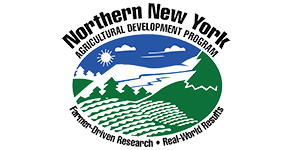
Funding for the Northern New York Agricultural Development Program is supported by the New York State Legislature and administered by the New York State Department of Agriculture and Markets.
Click here to see August 2020 update on this “Super Fruits” research in NNY
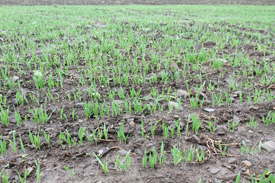
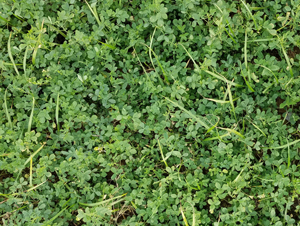
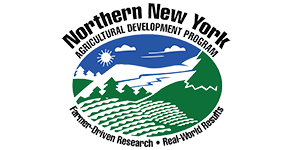

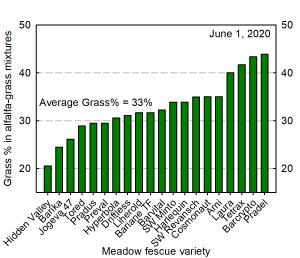
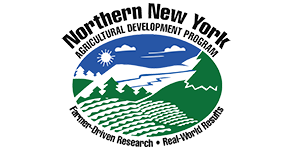 Funding for the Northern New York Agricultural Development Program is supported by the New York State Legislature and administered by the New York State Department of Agriculture and Markets.
Funding for the Northern New York Agricultural Development Program is supported by the New York State Legislature and administered by the New York State Department of Agriculture and Markets.
